Media | Articles
10 sweet cars you can import in 2022 under the 25-year rule
There’s a big wide world of cars out there that, because of federalization laws or market-specific offerings, never make it to dealer lots here in the US of A. Buying a brand-new car from a foreign market and trying to import it on your own is nearly impossible, but it is possible to secure an exemption from certain red tape and regulations that allow you to register a car here. In that scenario, the vehicle in question just has to be 25 years or older. America’s so-called 25-year rule (it’s 15 years up in Canada) means that until the quarter-century clock runs down our favorite unobtanium cars, all we can do is watch them on YouTube or drive them on PlayStation.
One fun thing about the 25-year rule? Each year a new crop of cars becomes eligible for import. Below are 10 cars we’ve been looking at, all from the class of 1997, that meet the criteria import to the U.S. at some point during 2022. The list covers a melange of JDM greats and European delicacies (and one Aussie) which certain dedicated fans have been watching from afar for years in anticipation.
Remember, though—your experience with importing any out-of-market vehicle will vary depending on which state you live in. Federal law is one thing, but states also reserve the right to enforce their own regulations. You’re out of luck if you live in California, for example, and in 2021 some states in New England (Maine and Rhode Island, namely) began deregistering Japanese-market mini trucks for some strange reason.
Parts and service for a foreign-market car is also a whole different ball game. They don’t carry Renault alternators at Pep Boys.
As always, homework for the dizzying import process from docks to driveway is an absolute must should you be determined to go it alone. Buying from a reputable dealer that specializes in foreign-market imports will come with a premium, but these outfits will often fully handle the paperwork so you don’t have to. Nobody wants to have to look over their shoulder, worried that Uncle Sam will one day come with a tow truck sending an innocent Skyline GT-R to the crusher.
Marketplace
Buy and sell classics with confidence
Alfa Romeo 156

Launched in late 1997 and built until 2005, the 156 isn’t the prettiest car in the world. And with Stelvio SUVs now meandering around suburbs, an Alfa Romeo isn’t as exotic a sight as it used to be for Americans since the brand’s 20-year hiatus between 1995 and 2015. It also hails from right in the middle of the company’s front-wheel-drive era.
So what does the 156 have going for it? Well, it’s an Alfa Romeo, and Alfa Romeos are both attractive and nice to drive. The most desirable engines are the Twin Spark 16-valve four-cylinder, and the 2.5-liter double overhead cam Busso V-6, both of which look good and make a pleasant sound. Other solid options included a Momo leather interior and mahogany steering wheel, Recaro seats, and lowered suspension. Fast wagon fans will pine for the 156 Sportwagon model, but it didn’t arrive until 2000. See you in 2025!
Honda Civic Type R

The third Honda with a Type R badge (after the NSX in 1992 and the Integra in 1995), the original 1997 Civic Type R is based on the sixth generation of Honda’s bread-and-butter-compact car, and Honda gave it a similar treatment to the hopped-up Integra but in an arguably prettier hatchback body. Lighter and stiffer body and chassis, upgraded brakes, close-ratio gears, limited-slip differential, and minimal sound deadening are all part of the mix, while on the inside there are Recaro seats, a titanium shift knob and a Momo steering wheel.
The star of the Civic Type R show is the hand-ported B16B engine, a 1.6-liter four that screams out 182 hp at 8200 rpm and can scoot this hottest of hatches to about 140 mph. This being a VTEC Honda, though, torque is basically an afterthought with just 118 lb-ft at 7500 rpm.
The Integra Type R, which sold briefly in the States, is already a proven modern collector car, as are clean examples of the 1999–2000 Civic Si coupe. This JDM Civic on steroids, then, is maybe the most anticipated car from the class of ’97 for American gearheads, some of whom have wanted one ever since playing the first Gran Turismo.
Holden Commodore (VT)

GM’s Down Under subsidiary—Holden—never technically sold cars in America, but chances are you’ve seen one before. The 2004–06 Pontiac GTO, 2008–09 Pontiac G8 and 2014–17 Chevrolet SS all shared Aussie underpinnings courtesy of Holden. And if you look up close, it’s not uncommon to see the Chevy bowtie badge or the Pontiac dart swapped out by owners in favor of a Holden lion.
If we turn back the clock a little bit further to 1997, that’s when Holden introduced the third generation of its large family car, called the Commodore. Also known as the VT-series Commodore, it was available with a variety of engines and as a sedan or station wagon. Enthusiasts, though, naturally gravitate toward the Commodore SS with its 262-hp 5.0-liter V-8 and five-speed manual. Like the later Holden-based Pontiacs and Chevrolets, the Commodore is a charming sleeper—a muscled weapon that nonetheless looks like something your accountant might drive. The right-hand drive might, however, let on that this is no ordinary sedan.
Subaru WRX STi Type R (two-door)
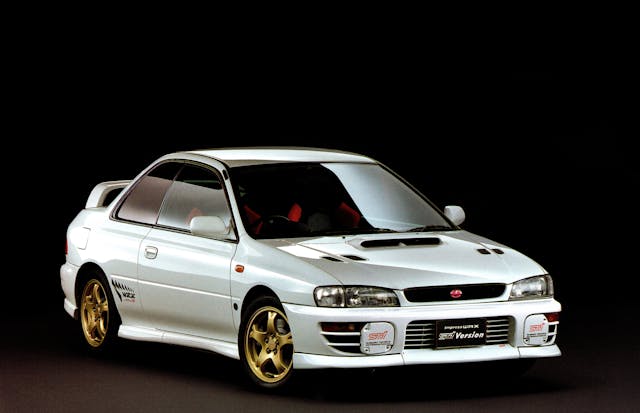
Subaru WRXs are a favorite among tuners and vape enthusiasts, and since the early 2000s it has been one of the most popular ways for young Americans to go fast in a variety of weather and road conditions. Outside of America, though, the WRX goes way back to 1992, and in 1997 Subaru introduced a new two-door model.
Called the WRX Type R STi, it served as the basis for the later and more hardcore 22B. The 22B (which turns 25 years old next year) has since become a legend, but the ’97 Type R was the first two-door WRX.
Renault Kangoo

There is no shortage of vans to choose from in America, but let’s say you own a French restaurant or bakery. Maybe you want to serve croissants in Euro-correct style. Maybe you want a company runabout with a little more joie de vivre than your average Ford Transit.
Enter the Renault Kangoo, which isn’t just fun to say, it’s also one of Europe’s best-selling multipurpose vehicles. The first gen Kangoo debuted in late 1997 and could be had in either standard form or a panel van, called the “Kangoo Express”, with a variety of four-cylinder engines a choice of front- or four-wheel drive.
BMW M Roadster (European spec)

This one’s a bit of a stretch, I admit. BMW already sold the M Roadster in this country from 1998–2002. Back in 2020, Hagerty even suggested that buying one was a great idea. (We were right.) However, in a classic case of us Americans getting watered-down versions of hot foreign cars, the M Roadster sold on our shores came with an S52 straight-six engine good for 240 hp. Plenty to have fun with, but pretty pedestrian compared to the 316-hp S50 that came in the rest of the world’s M Roadsters.
Importing a Euro-spec M is an expensive way to chase some extra horsepower, especially when you could just shop for the upgraded 315-hp (S54-powered) M Roadsters (and Coupes) that came to the U.S. for 2001-02. But, if you really wanted to, you can do so in 2022.
Ford Puma
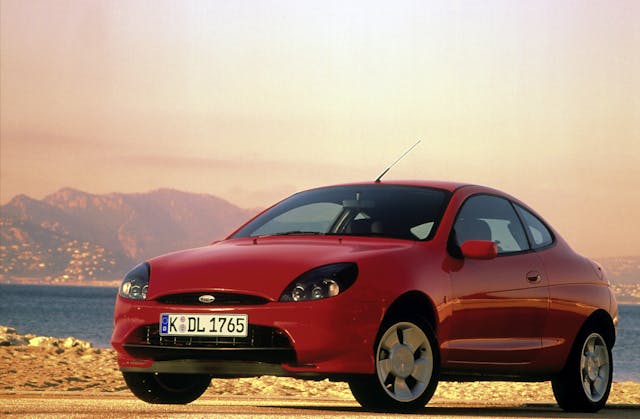
Built from 1997–2001 at the Ford plant in Cologne, Germany and based on the Mk 4 Fiesta, the Puma is a neat little hot-ish hatch that looks a bit like a shrunken-down eighth-gen (1999–2001) Mercury Cougar. Pumas came with a Zetec four-cylinder of 1.4, 1.6 or 1.7 liters, driving the front wheels.
From a driving and collectibility standpoint, the most interesting of these euro Fords is the “Ford Racing Puma,” of which 500 were built for the U.K. market. They came with special brakes, wider bodywork, suspension upgrades, a front splitter, Speedline wheels, a stronger gearbox, an optional limited-slip, a racier interior, and a more powerful engine. The Ford Racing Puma didn’t come out until 1999, however, so you’ll need to wait another couple of years to ship one over.
Mitsubishi Pajero Evolution
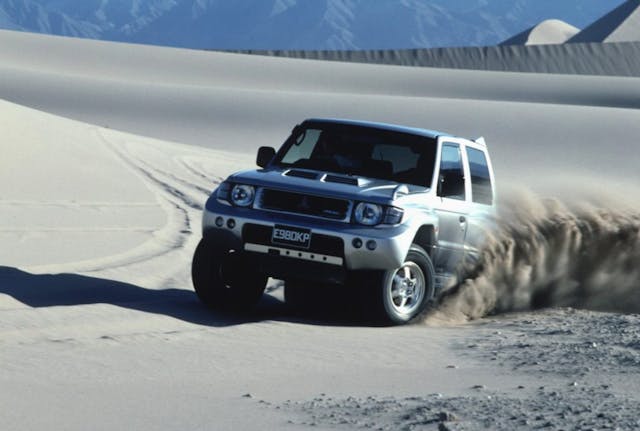
A different kind of Evo, the Pajero Evolution may be an SUV but it’s still a rally weapon with a motorsport pedigree to rival that of its Lancer-based cousin. Mitsubishi built two-door Pajeros for competition beginning in the early 1980s, and they found great success in the Paris-Dakar Rally, winning the event in 1985, 1992, 1993, 1997, 1998, 2001, 2002, and 2003–07. Pajeros have won the Dakar Rally more than any other automobile.
To homologate the Pajero Evolution for the Dakar Rally’s T2 class, Mitsubishi built 2500 road-going Pajero Evolutions from 1997–99. Powered by a 3.5-liter 24-valve V-6 with a dual plenum variable intake, the Pajero Evolution also features double wishbone front and multi-link rear suspension, fender flares, two shark-fin like appendages on its tail, a prominent hood scoop, skid plates, and mud flaps.
LTI TX1 London Taxi

Introduced by London Taxis International (LTI) at the London Motor Show in October 1997, the TX1 took over black cab duty from the old, iconic Austin FX4 that dated way back to 1958.
Is a TX1 black cab fun to drive? With a four-cylinder Nissan diesel engine, not in the traditional. Is it nice to look at? Well, not really, as it was shaped for max practicality by designer Kenneth Grange, whose resume mostly includes kettles, food mixers, clothes irons, and washing machines. But it is unmistakably a London taxi, and for the automotive anglophile it sure would be a neat way to ferry around a few friends (to and from the pub). Too bad Uber cars need to be 15 years old or newer.
Nissan Skyline GT-R NISMO 400R
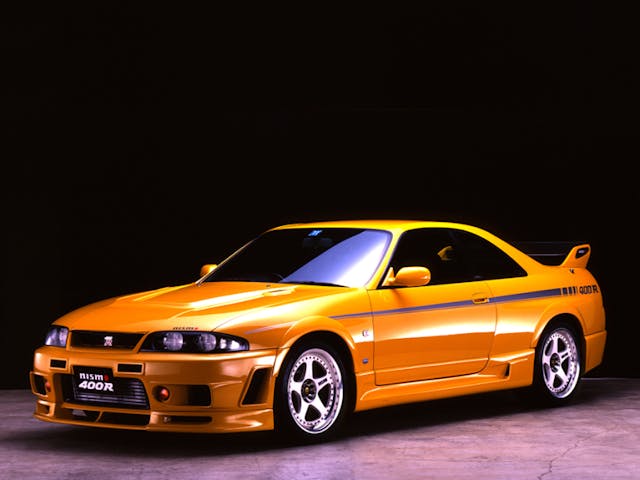
Technically the 400R came out in late 1996, but it’s our list and we’re adding it. It’s also the priciest car of the group, with a seven-figure value in the Hagerty Price Guide, and by far the fastest. It’s essentially an R33-generation (1995-98) Skyline GT-R turned up to eleven—both the hottest R33 and extremely rare, to boot. Just 44 examples are considered to have been built, so anybody shopping for one will probably have to be patient. Not to mention rich.
Borrowing from NISMO’s Le Mans program, the 400R is lowered nearly 2 inches from the standard GT-R and features Bilstein dampers, NISMO springs, NISMO brake pads, and a unique brake master cylinder with a stopper to reduce fore/aft movement and improve pedal feel. The hood and driveshafts are made of carbon fiber, while the exhaust, strut tower bar, and shift knob are titanium. A full body kit features a special front bumper that directs air more efficiently to the intercooler. The 400R’s RB-X GT2 engine has a reinforced block, forged internals and upgraded intake and exhaust. Despite Japan’s famous “gentleman’s agreement” to limit published horsepower figures to 276 ponies, the 400R proudly boasts 400.






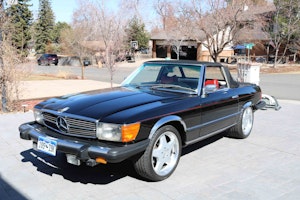

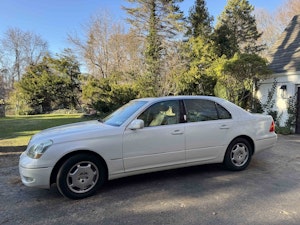







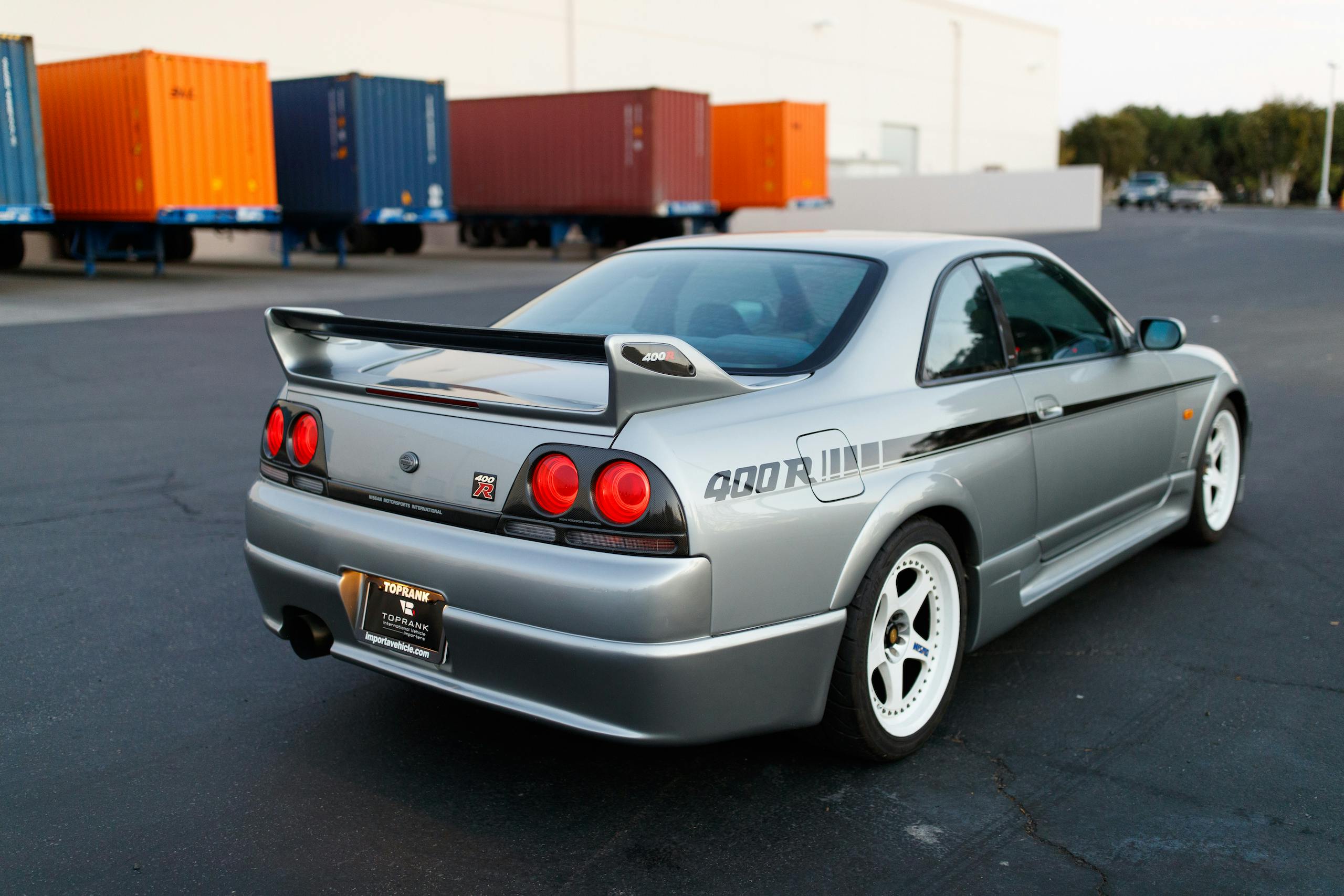
Can Kia Niro 2018 C.M.V.S.S be imported to the USA and meet the F.M.V.S.S requirements do changes need to be made? what would the changed be?